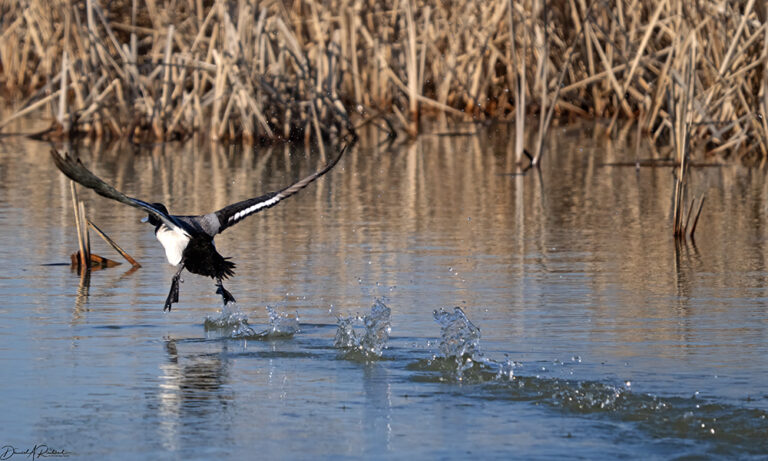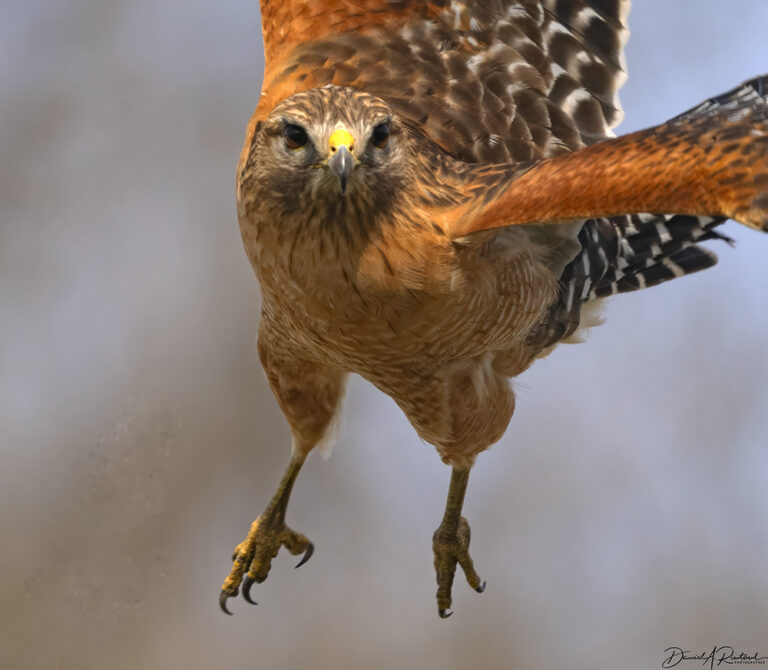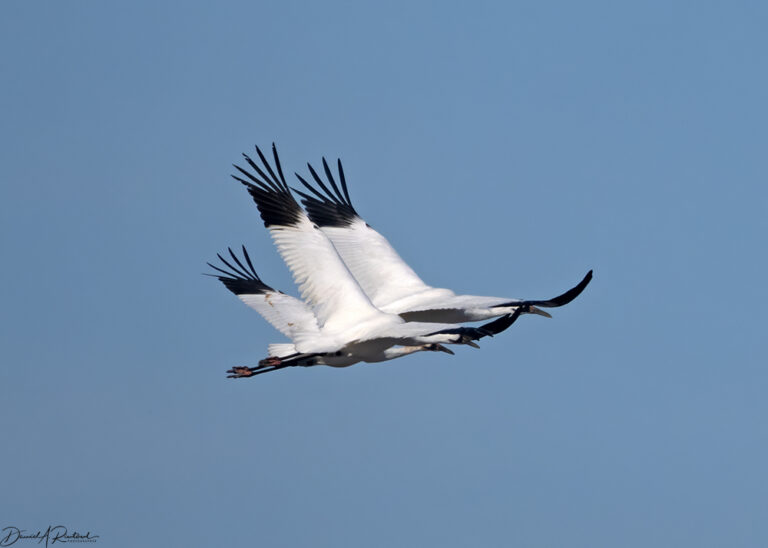On the Road is a weekday feature spotlighting reader photo submissions.
From the exotic to the familiar, whether you’re traveling or in your own backyard, we would love to see the world through your eyes.
Happy Monday!
(click the image below for a bigger non-blurry version of this week’s schedule)
Albatrossity
We’ll take another hiatus from chronicling my 2015 road trip to the Palouse, because migration is warming up here in Flyover Country, and I had an experience I wanted to share with all of you. I took a road trip to one of my favorite national wildlife refuges, Quivira NWR in south-central KS, and most of these pics are from that trip, with a couple of local birds tossed in to fill up this post.

Shorebird migration is slow to start, and we are a few weeks away from peak numbers. But one of the earliest shorebird migrants here is the Baird’s Sandpiper (Calidris bairdii), which may look like a small undistinguished (or undistinguishable) peep, but it has a cool story or two, especially if you are interested in energetics. This species nests in the high Arctic of Canada, Alaska, and even Siberia. It winters in South America, from the Ecuadorian Andes to the tip of Tierra del Fuego. So twice a year it expends a LOT of calories on a migration that can be as long as 15,000 kilometers (that’s 9,300 miles in American).
More amazingly, the females arrive in the Arctic with essentially zero body fat. Nevertheless, a few days later, they lay one egg a day for four consecutive days. The eggs total up to 120% of her body biomass. As one author understated “The energetics of this accomplishment remain unstudied.” Looking for a doctoral thesis project? You are welcome! Click here for larger image.

Meanwhile, some of our local birds are already incubating eggs or feeding nestlings. This Red-tailed Hawk (Buteo jamaicensis borealis) seemed to have eggs in that nest, and did not seem to appreciate my presence on the road about 100 yds distant. Click here for larger image.

Migrant ducks are also starting to trickle in, a phenomenon that is much more satisfying than trickle-down economics. This drake Northern Shoveler (Spatula clypeata) was looking pretty fly in his spring finery. Click here for larger image.

This drake Blue-winged Teal (Spatula discors) may be heading further north, or it may stay for the summer, since this species does breed in appropriate habitat here in Flyover Country. It helpfully picked a cattail marsh reflection as a background to complement its spring outfit. Click here for larger image.

Another migrant duck, headed to prairie pothole country in the Dakotas and southern Canada, was this Lesser Scaup (Aythya affinis). Like all diving ducks, and unlike the two dabbling ducks above, these birds need to have a running start to get airborne. Click here for larger image.

Eastern Meadowlarks (Sturnella magna) are abundant here, but hard to catch in flight since their flight paths usually are from one ground-level spot to another. This one was singing its ebullient song from a tree, then from a shrub, and I was able to catch it on one of those transits. Click here for larger image.

And in case you were wondering why the Red-shouldered Hawk (Buteo lineatus) got that name, here is a visual clue. Click here for larger image.

The highlight of the trip, however, awaited me as I was making one last swing through the salt marsh and pondering when I should start the 2.5 hr drive back home. I came around a curve and there, not 150 yds away in the marsh, stood three Whooping Cranes (Grus americana). A family group of Mom, Dad, and last summer’s kid (center, identifiable by the faint rusty color on the head). I stopped immediately and watched them for 10-15 minutes while they fed, preened, and loafed in the marsh, As they moved around, I could see that one of the adult birds was banded with color bands on one leg and a GPS transmitter on the other. So I got lots of pictures, while making sure not to poke part of my camera or binoculars out of the car window in order to not spook them into flight. Click here for larger image.

A bit later, the adult bird without the transmitter (which I learned later was the male) lifted off and headed north, followed by the others. Later, when I got the pictures on a bigger screen, I could see that the youngster was banded and fitted with a transmitter as well. I have some contacts with the USGS biologists who band and monitor these birds (one of them was a student at KSU, and I am in fact a co-author on his very first publication), so I made some inquiries.
I learned that the banded female was trapped near Aransas TX, and fitted with that transmitter in 2021; their youngster who was traveling with them that season was banded later that winter, in 2022. He is still around, moving north and south with the seasons with other subadult birds, but probably won’t find a mate and attempt to nest for a few more years. The young bird in these pics was trapped and banded this in summer 2023 on the nesting grounds. At the time of this writing this trio is in North Dakota, heading to the nesting spot in Wood Buffalo National Park in Alberta, where the parents will ditch the kid and get busy making a nest, laying eggs, and raising the next generation. While I was learning more about these birds, I also learned that they have a role in a book and digital platform that will be published this fall. I can’t tell you any more about that, as I am sworn to secrecy, but stay tuned! Click here for larger image.

And finally, here is my final shot this season of Harley, the long-time (11 years and counting!) winter resident Harlan’s Hawk near my home in Manhattan KS. He headed north to Alaska or thereabouts two or three days after this shot was taken. I hope to reconnect with him next fall when he returns for his 12th winter here in Flyover Country. Click here for larger image.


eclare
Those cranes are amazing!
KSinMA
Beautiful. And great shot of the lesser scaup taking off!
Wanderer
As always the birds and the photos are beautiful. Thanks for sharing them.
SteveinPHX
Thank you for the photos and the education.
Spanky
Watergirl, for Tuesday you have an eclipse trip from “Elma”. Is that actually “Ema”?
WaterGirl
@Spanky: It’s so funny – I have trouble with Ema and Elma, too.
Quite often they submit OTR posts in the same week, and I have to do a double-take as my brain scrambles to sort the Ema-Elma thing out.
Are they secretly the same person, just messing with me? :-) Because I think this at least the third time they have submitted in tandem.
Betty
How nice to get so much information on your Whooping Cranes.
Kabecoo
What’s better, the writing or the photos? Between the eggs of the Baird’s Sandpiper and the photo of the Red Shouldered Hawk, it’s a tough call. Still, a great way to start the week!
Mary
These birds are magnificent. I love reading about their migrations. Thanks so much for all your contributions to BJ. It’s always a treat to learn more about birds. Amazing creatures.
suzcamoo
Thanks for these photos of our flying friends. I’m trying to pay attention to the different music of those in my area, especially since I awaken to their songs, which is my backdoor initiation into birding, I guess.
S Cerevisiae
Thank you again for the incredible bird photos and sharing your considerable knowledge. I love birds and love learning more about them.
mvr
This is a great set of photos! I especially like the red shouldered hawk.
Also appreciate the info below the photos.
Thanks!
StringOnAStick
The photos and knowledge you share each week is always most appreciated; you’ve been turning me into a bird feeder and watcher.
Meadowlark is one of my absolute favourite birds because of their song, loudly following a general template but each bird adds their own twist; jazz musicians of the avian world. I had one sing out from a fence post 5′ away once, I nearly jumped off my bicycle it was so loud.
Yutsano
Are we sure that the parents drive the kid off or does the whelp instead decide that he’s tired of living under Mom & Dad & decides to set up his own space? Love all the birbs but especially the cranes.
Albatrossity
@Yutsano: No, I’m not sure, since I have not been to the nesting sites, but that is what I am told. It is known that crane pairs of all species are very aggressive in defending their territories, and the pair bond lasts until one member of the pair dies, so it would not be surprising to me if they dealt with the kid as if he/she was just another crane trying to horn in on their turf.
OzarkHillbilly
Wasn’t able to comment this AM as I had an early Gdaughter pickup. Just wanted to note that I got buzzed by the first hummingbird of the year yesterday. Rather insistently. So I mixed up a new batch of nectar and dutifully hung out the feeder for him.
Haven’t seen the little bastard since.